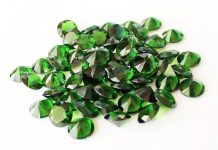Of course, bushes blooming in flowerpots are able to decorate any interior. But such an effect as from climbing plants, from simple home flowers is difficult to achieve. With the help of green stalks gracefully crawling along the walls, you can create a fabulous effect in any room. In addition, dense foliage mixed with flowers will help hide the flaws of wall coverings.


Curly or, as they are usually called, ampelous plants can be elegant and miniature or large with juicy stems, flowering or simply deciduous. Any of them will perfectly complement the decor of the room.
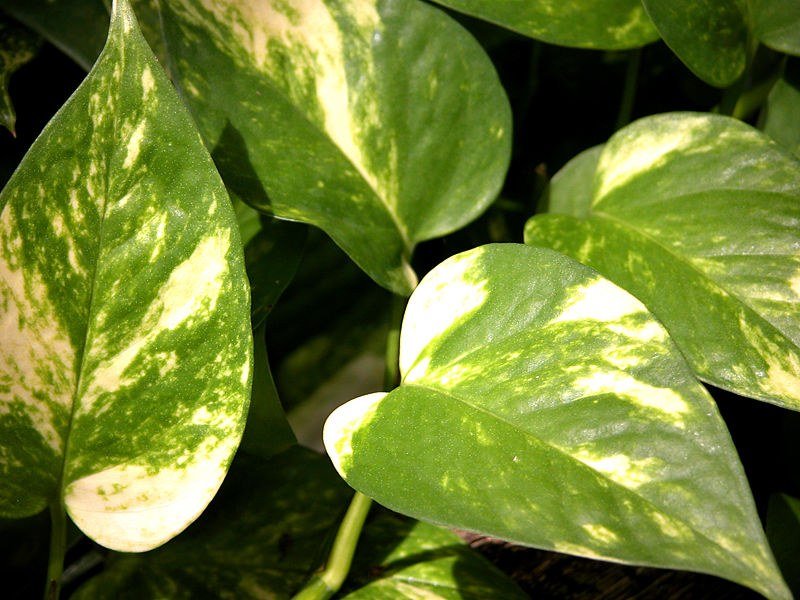

Climbing indoor plants: names and photos
Among climbing plants for the home, groups can be distinguished according to the color and shape of the leaves. It can be dark, light, green or variegated leaves. Also, the leaves can be divided into pointed, oval and round.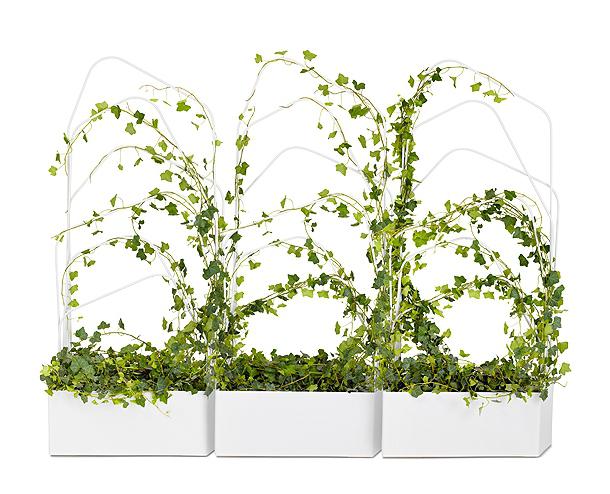



Cissus (Birch)
The plant is one of the closest relatives of the vine. It is unpretentious in care and grows quickly.The leaves on the stems have a bright rich shade of green. On the back side, some plants have a pinkish tint with silver splashes. Shoots endowed with a tenacious mustache, which they twist the supports and crawl higher and higher along the walls. With proper care, the cissus will please the owner with magnificent branches.
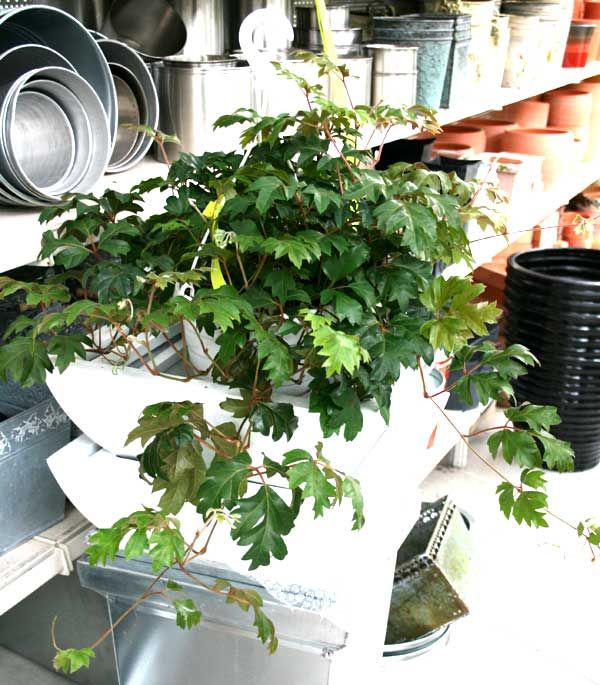


Birch loves a lot of light. But if necessary, a good feeling in the shade. Despite resistance to heat and cold, the flower has its weaknesses. It does not tolerate excessive moisture. It is enough spraying and rare watering.


Spindapsus
This indoor climbing plant does not require a lot of time and effort from its owner. For him, almost any conditions are suitable. Regardless of the lighting and temperature fluctuations, the plant will delight in violent growth. Its leaves have a bright color. Fresh green color is diluted with light patches. The leaf itself has the shape of a heart.

Distributing along the support new shoots, vine grows rapidly. It is recommended to thin out and pinch as necessary to prevent excess stems from hanging down. The first year of life, spinaptsus is gaining strength, after which active growth begins. In winter, the flower feels better in a cool room, in summer it is quite enough room temperature. If necessary, fertilizer fertilizer should be made less concentrated than recommended packaging instructions. The amount of water can be doubled.


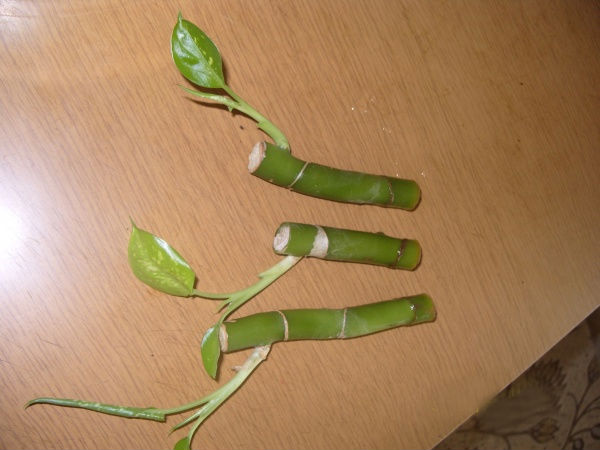
Ivy
Ivy is one of the most popular lianas for indoor and outdoor use. The flower is endowed with leaves of interesting shape. They can arrange a window or decorate a specially created support in one of the corners of the room. Depending on a grade such liana has a motley or monophonic color. If desired, you can find selective views with the original leaf shape and unusual color. Usually the leaves have four or five blades. They are leathery and shiny.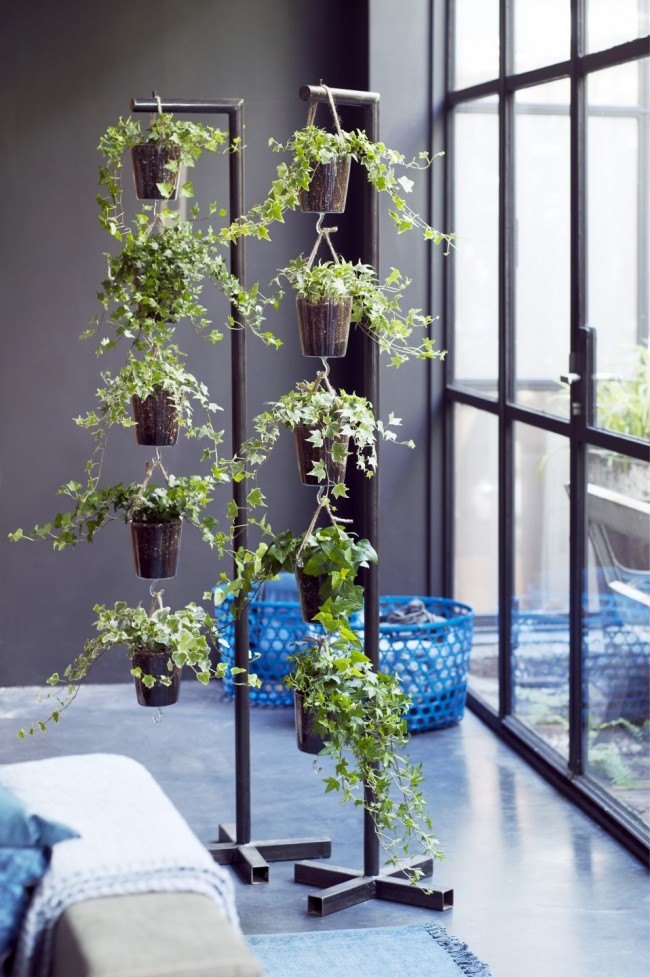

The plant does not require complex care. During the period of active growth, he needs a lot of water. Spring-summer season is suitable for feeding. It should be carried out every two weeks. Ivy loves a lot of light, but shady places will not harm him.
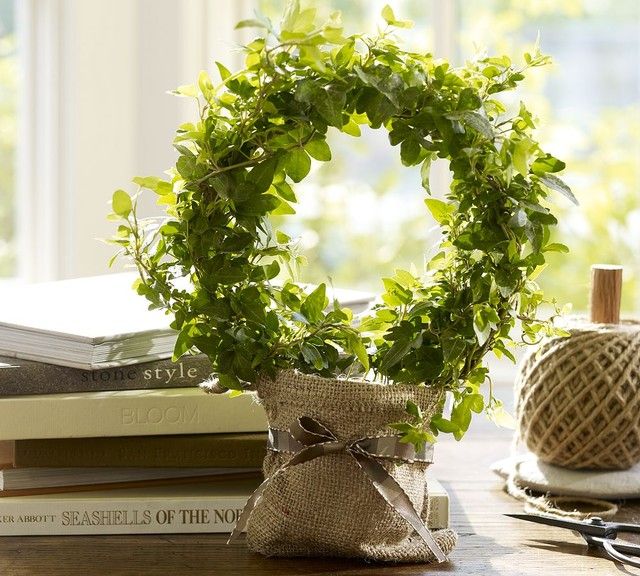


Monstera
Monstera refers to deciduous vines with large leaves. The surface of the sheet has a glossy shine and dark green colors. Almost to the middle of the leaves have notches. This feature applies only to adult plants. Young flowers are characterized by heart-shaped whole leaves. On the stem of the plant, thick aerial roots are formed that allow the monstera to crawl upward along the supports. In the house of such a plant can reach three meters in height.


The sturdy tube wrapped in moss is ideal. Moist moss will allow the roots to firmly grow and grow. Monstera loves bright rooms, but is afraid of direct sunlight.


Flowering Climbing Plants
Flowering creepers is a separate category of climbers, which allows you to create a stunning decorative effect.


Hoya (Waxy Ivy)
This room vine is decorated with stunning leathery leaves and flowers in the shape of stars. The maximum possible length of the stem in the conditions of the house - 3 meters. The advantage of this vine is a long flowering period of several months. With the advent of the first flower bud, it is recommended not to disturb the plant, not to rotate it and not to rearrange it. In the event of adverse conditions, the flower can fold buds.



If you put the pot on the windowsill on the east or west side, the leaves on the stem will be particularly bright and elastic. During the period of active growth, the flower will require abundant watering. In winter, it is better to limit the access of fluid to the ground. In the warm season, you need to organize top dressing with a high percentage of phosphorus.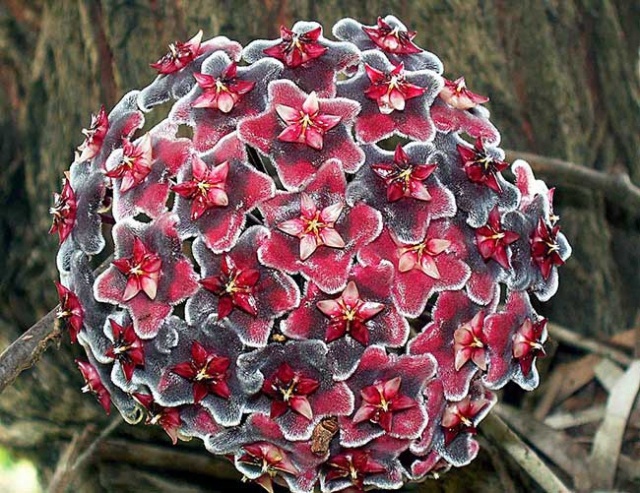

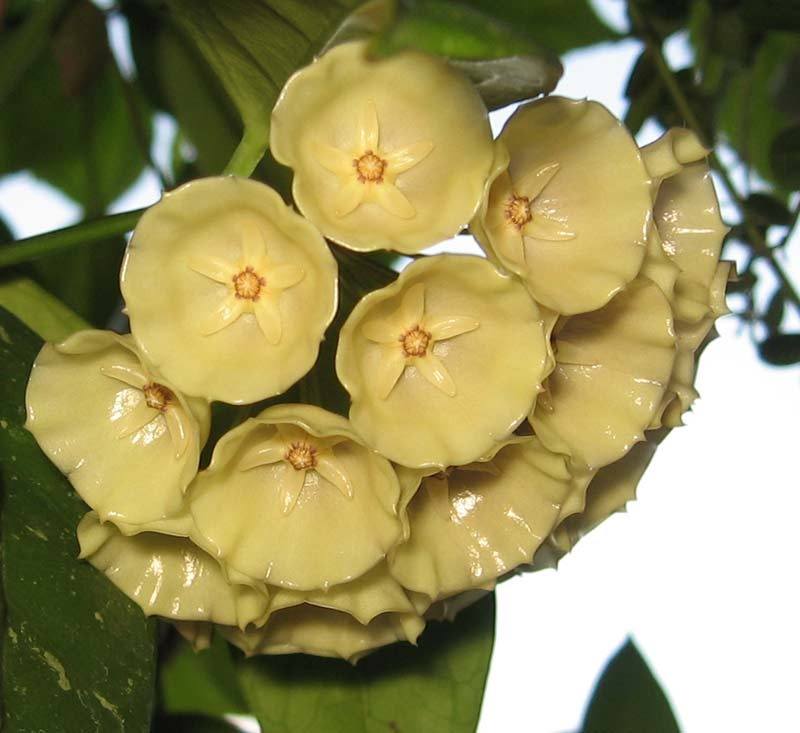
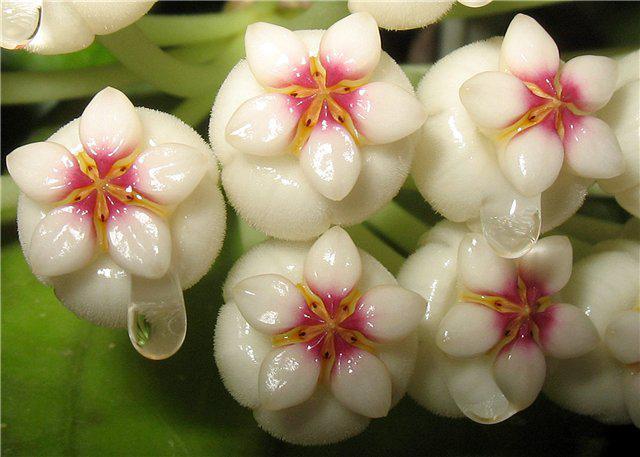
Ipomoea tricolor
This plant is an annual if grown in a garden. But it will please many years the owner, who grows it in the house. Bluish unusual flowers on the vine have the form of a gramophone. They are evenly scattered around the stalk and are able to decorate the room.Flowers and leaves make the vine heavy, so it should be securely supported on a support. To bloom was lush and long dried flowers need to be removed.


In the room, the Ipomoea should stand in a well-lit place, but out of direct sunlight. Watering should be abundant and regular. In winter, this plant should be in a cool place.


Tradescantia
Tradescantia can be called one of the most popular flowering plants, which is found in every second home of amateur flower growers. Liana has a specific appearance: its leaves have a drooping appearance, and white flowers are fragile and fragile.

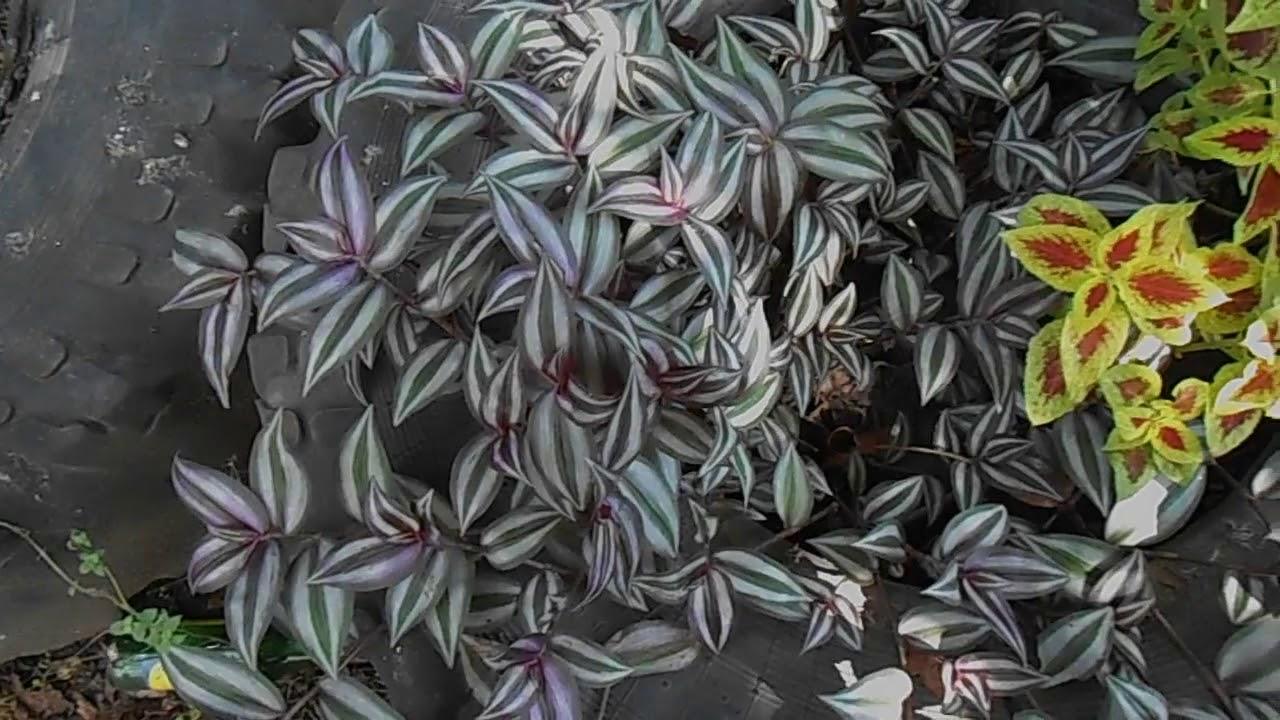
A more original variety is the tradescantia of silomantan. Its flowers are purple, as are the leaves of the plant. A flower needs a lot of light to grow well The warm season will require regular abundant watering for Tradescantia. In this case, excessive moisture can ruin the flower. Top dressing should be moderate without excess nitrogen.



Each of the flowers described is able to become a worthy copy of the grower collection. Lianas in their mass do not require complex care, but do not tolerate excess water and direct sunlight. The rest of the rules of caring for plants are quite standard.

























